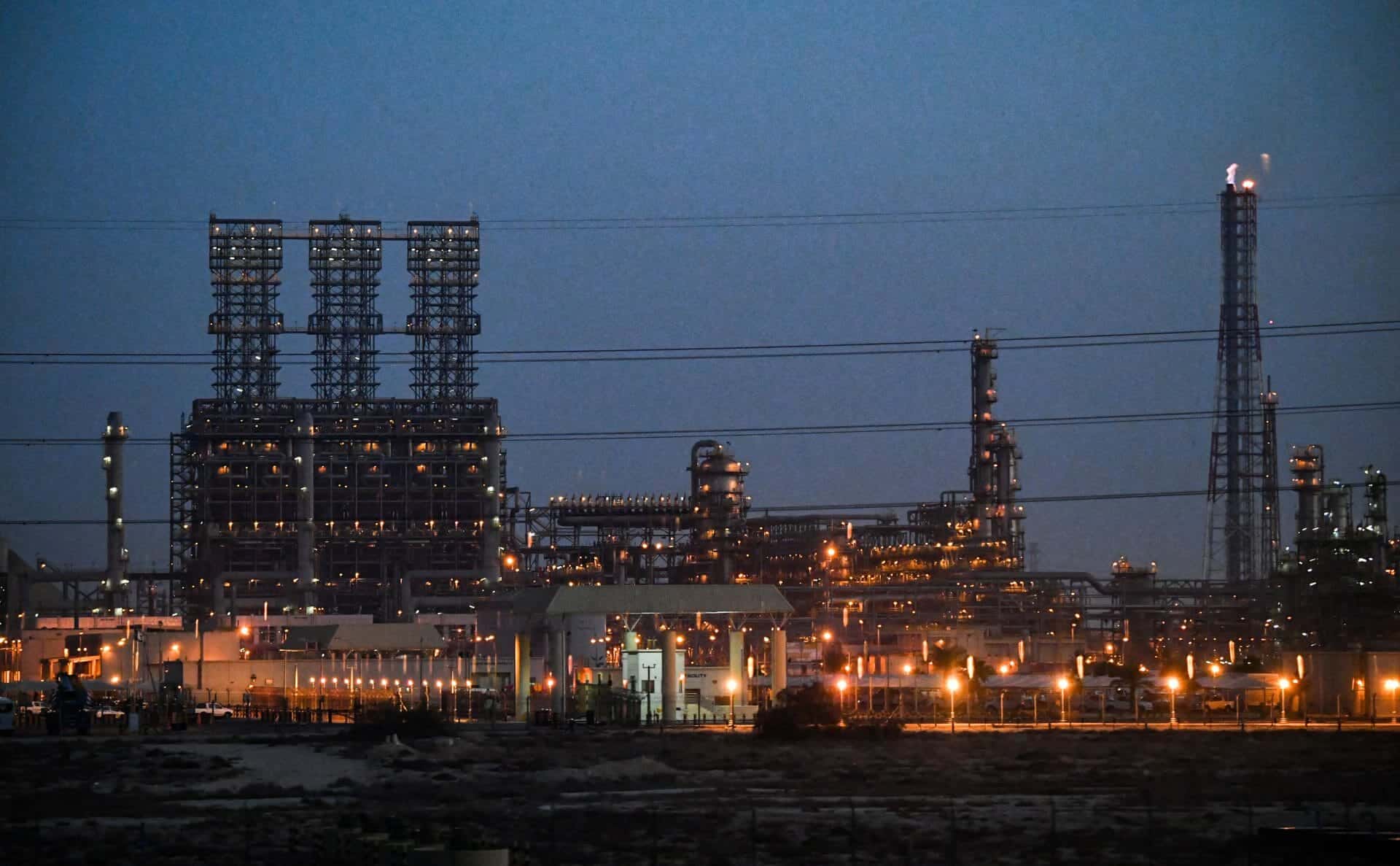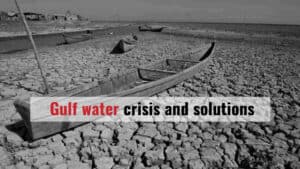The global oil prices are unlikely to touch the magical figure of US$100 per barrel despite the lofty predictions by some global banks, said a Washington-based economist.
Garbis Iradian, chief economist for MENA at Institute of International Finance (IIF), told TRENDS in an exclusive interview that oil prices would be between US$66-US$80 per barrel in 2022, while in 2021 the prices would average US$70 per barrel.

About the prediction of oil touching US$100, Iradian, who was a senior advisor at International Monetary Fund for 17 years, said: “There are different projections by oil analysts. For example, some major banks like Goldman Sachs, JP Morgan, and others expect significantly higher oil prices. But in our projections, we were conservative for several reasons”.
The IIF believes that prices will be way below US$100 because the next OPEC+ meeting, scheduled in the first week of November, will reveal many future results. Most official statements show that oil production will increase, lowering the pressure on oil prices, said Iradian, adding that if there is a nuclear deal between Iran and world powers before 2021, the Iranian oil production and export will surge by at least additional one to 1.5 million barrels a day (currently its around two million barrels a day), which will lead to a glut of oil supply in the market.
Also, there are expectations of the US oil production recovery in 2022, which would increase the supply easing pressure of price. So far, 2021 indications show that the average production is slightly lower than the average production expected for 2022, he said.
However, Iradian said that there are only a 50 percent chance that the oil prices will reach US$100, and even if it does the prices won’t stay at this level for a long time.
Though 2020 was a tough year for the oil exporting countries owing to pandemic and lockdowns, the GCC economies such as Saudi Arabia and the United Arab Emirates showed significant improvement in the first six months of 2021, according to a recent report by IIF.
Oil Exporters
Saudi Arabia, United Arab Emirates, Kuwait, Oman, Algeria, and Iraq will benefit from the rising global prices. Iradian said: “These countries will shift their large current account deficits to small surpluses. In some cases, the deficit will narrow significantly like in Bahrain; however, we expect large surpluses for the UAE and Qatar”.
What about Saudi Arabia? The deficit will narrow from around nine percent in 2020 to around one percent of its GDP in 2021. Iradian considers those numbers a significant improvement, showing high hopes that foreign assets of the public sector will increase as well, whether it’s in the form of official reserves or sovereign wealth funds.
“Suppose we check other sectors in the Kingdom. In that case, we can simply notice that the private sector’s confidence improved with high indicators that the economy will continue its rapid recovery, expecting a growth rate in the non-oil economy to four percent in 2021 and up to 4.5 percent in 2022. However, what’s more critical in Iradian’s opinion, is that non-oil sectors that employ more than 95 percent of the labor force in Saudi Arabia could expect the unemployment rate to decline to below 12 percent by the end of 2021.
“We also noticed an increase in Saudi Arabia’s inflation rates and are expected to reach three to 3.2 percent in 2021. But the reason behind that was because authorities tripled the value-added tax from five percent to 15 percent, he added.
About the inflation rates in UAE, Iradian said that inflation is rising in the UAE despite the GDP increase in country. “We are witnessing a rise in the inflation rates thoughthree percent is considered minor.”
He also explained that the inflation acceleration in the UAE was due to the increase in global food prices and transportation fees. At the same time, the real estate sector that struggled during the past two years because of the COVID-19 pandemic will recover, particularly in UAE, Qatar, and Saudi Arabia, however, at a slow pace, he said
Oil importers
On the other hand, higher oil prices will negatively impact importers in the region, particularly Tunisia, Jordan, Morocco, and Lebanon, since their current deficit could widen significantly, leading to higher financing need, according to the IIF report
Egypt, which became a small net exporter of oil and gas, would see a slightly positive impact of oil prices on the fiscal situation of the country.
As per Iradian, Egypt was the best performer in the wider Middle East in 2020, witnessing a positive growth in its economy, despite the massive decline in tourism.
The current government’s debt is elevated; however, we don’t expect that debts will rise further in next year. On the contrary, we assume a drop in the deficit up to seven percent in 2022″. Egypt also witnessed a sharp increase in non-resident holding of the country’s treasury bills, which recovered most of the losses and is a massive indicator that financing is available. Most of it is going to the energy sector, mainly natural gas, he said
For Lebanon, Iradian said that Lebanese government’s talks with the IMF may provide the light at the end of the dark tunnel.
The IIF chief economist expects that the Lebanese government and IMF will finalize an agreement before the end of 2021 and as a result there will be financial assistance from several sources including the World Bank and international community.







